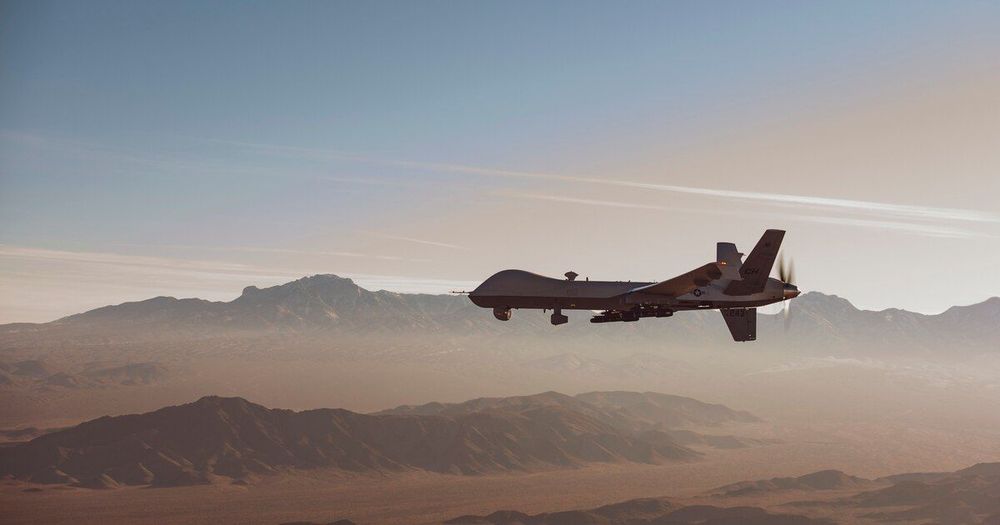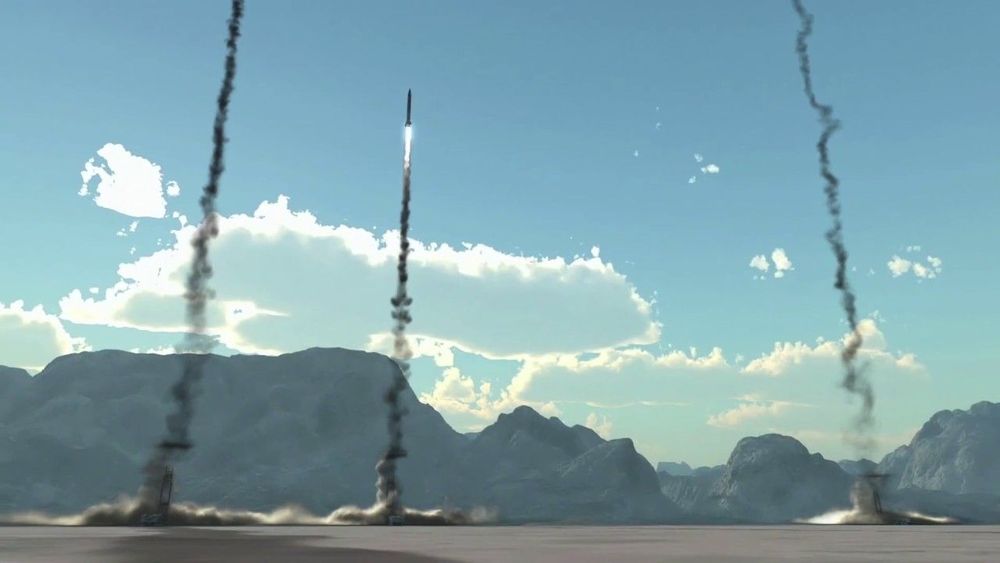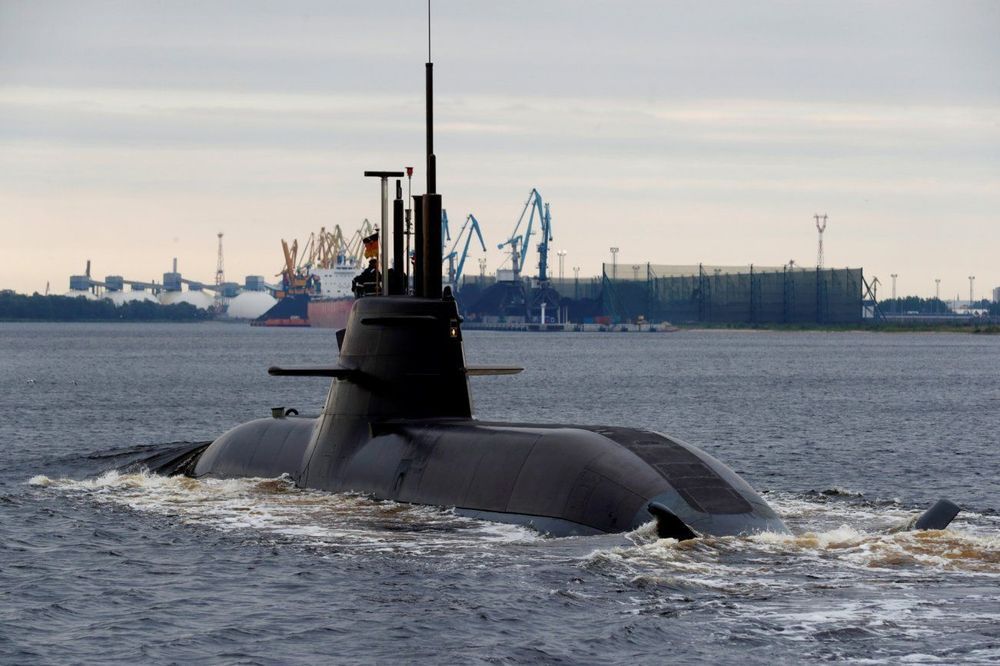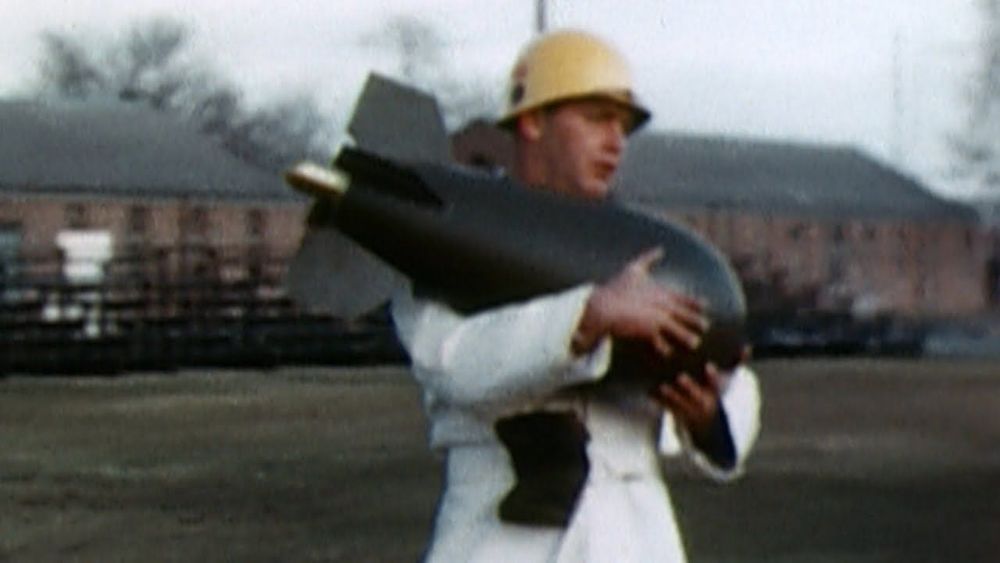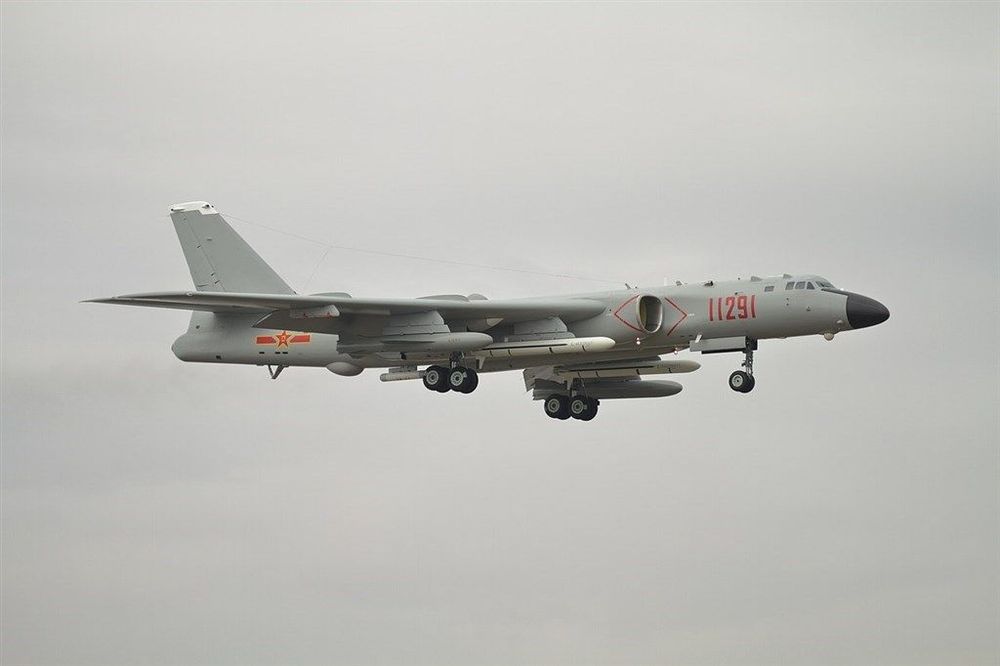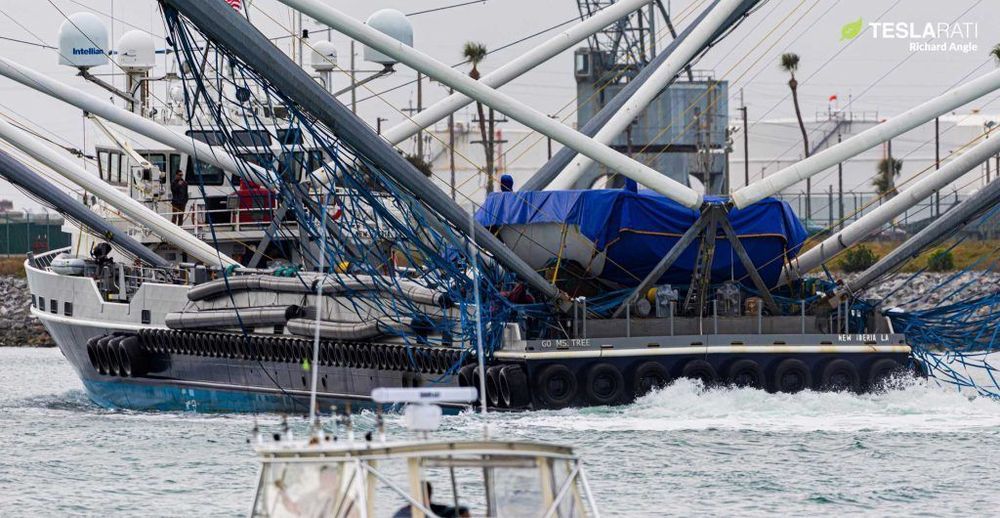The road to the next great scientific or technological advance starts with basic science and research. Basic research is central to the DoD’s long-term competitive strategy to create and maintain military superiority for the nation. The DoD has a long history of conducting and sponsoring basic research, focusing on understanding how and why things work at a fundamental scientific level.
Category: military – Page 162
The Pentagon’s artificial intelligence hub is shifting its focus to enabling joint warfighting operations, developing artificial intelligence tools that will be integrated into the Department of Defense’s Joint All-Domain Command and Control efforts.
“As we have matured, we are now devoting special focus on our joint warfighting operation and its mission initiative, which is focused on the priorities of the National Defense Strategy and its goal of preserving America’s military and technological advantages over our strategic competitors,” Nand Mulchandani, acting director of the Joint Artificial Intelligence Center, told reporters July 8. “The AI capabilities JAIC is developing as part of the joint warfighting operations mission initiative will use mature AI technology to create a decisive advantage for the American war fighter.”
Appropriators are also backing the purchase of a bunch of other aircraft across the services.
The U.S. Army now is pairing space-based sensors with artillery units to allow howitzer and rocket gunners to detect, identify, process, and engage enemy units faster than ever. In tests conducted in Germany, Army artillery units were able to use satellite data for the first time to hit targets beyond the line of sight.
Sable co-created the story with artist Kristian Donaldson (Unthinkable, The Guild) and Mey Rude, a transgender woman who served as a consulting editor on the project. Sable took some time to talk to SYFY WIRE about biohacking, transhumanism, and how science fiction often predicts the future.
The Dark, by screenwriter and playwright Mark Sable (Unthinkable, Godkillers), is a graphic novel about a world plunged into chaos when a biotech virus pulls everything offline. The plot twists around government conspiracies, techno warfare, biohacking, and the unlikely pair out to stop it before another world war breaks loose. To make it all the scarier, Sable bases his fiction on fact. As a futurist who has consulted with think tanks and The Art of Future Warfare Project, he is well versed in techno warfare scenarios.
The Dark begins in 2035 and follows Master Sergeant Robert Carter, a N.E.O. (Networked Exoskeleton Operator) Marine whose power armor links him to the world’s technology, and whose implants mentally connect him to his unit. He feels what they feel, which proves torturous when his unit is attacked. The Dark takes on a double meaning as the experience leaves him both physically and technologically blind as the world’s tech crashes.
His world changes when he is sent after Camille — a skilled biohacker and analyst for NSA’s Bumble Hive — who is on a mission to expose the government’s use of bio-hacked surveillance. But she’s also attempting to recode herself in the process. You see, Camille is a trans woman and has discovered a way to change her gender at the molecular level. Camille’s quest to expose the truth and Carter’s pursuit of that very truth throw them together in a race against time to save the world.
Many say that the Cold War didn’t accomplish anything but it did heat up the world of weapon development. The United States and Communist Russia went head to head in the race to develop the most powerful nuclear weapon. However, sometimes the most powerful weapon is not the most efficient one, so the United States took a different approach.
The result was the development of a small, powerful, portable nuclear warhead, the W54. The small nuke earned the nickname “Davey Crockett” was intended for by ground troops and operated via rocket launcher.
“The test seen up top had a yield equivalent of 18 tons of TNT, coming from a warhead that weighed only a little more than 50 pounds. Later, a variant of the warhead saw use in the Special Atomic Demolition Munition, also known as the backpack nuke.”
It is often said that the 21st century will belong to China because China will grow its military, develop its economy, and completely integrate Hong Kong. However, in this video, I argue that the 21st Century won’t belong to China because it won’t take advantage of space resources and because it will attempt to grab more than it can chew in its ambitious endeavors.
PS: The stock footage from this photo comes from Videvo!
Discord Link: https://discord.gg/brYJDEr
Patreon link: https://www.patreon.com/TheFuturistTom
Please follow our instagram at: https://www.instagram.com/the_futuris…
For business inquires, please contact [email protected]
Taipei, July 4 (CNA) A Chinese military aircraft entered Taiwan’s southwest air defense identification zone (ADIZ) on Saturday, before being chased off by Taiwanese patrol planes, according to the Air Force Command Headquarters.
Taiwanese fighter jets responded with radio warnings, and they monitored the Chinese aircraft’s movements until it flew off, the Air Force said.
There is no cause for public alarm, the Air Force said, adding that it was closely monitoring the airspace and waters around Taiwan.
SpaceX has successfully recovered two pairs of Falcon 9 payload fairings (nosecones) – one twice-flown – in one month after twin ships GO Ms. Tree and GO Ms. Chief returned to port on July 2nd.
Around 45 minutes after Falcon 9 B1060 lifted off for the first time with the US military’s third upgraded GPS III satellite in tow and around 40 minutes after the rocket’s payload fairing deployed, both fairing halves gently splashed down in the Atlantic Ocean just a few miles apart. Lacking their main recovery nets in an odd configuration, Ms. Tree and Ms. Chief both fished one half out of the ocean with smaller secondary nets before placing the fairings on their decks for technicians to secure them.
A little more than two weeks prior, both ships were in the midst of recovering the Starlink-8 mission’s twice-flown fairings from the ocean, safely returning them – intact – to shore for the first time since SpaceX began fairing reuse. As SpaceX itself noted at the tail end of its GPS III SV03 webcast, the intact recovery of the mission’s fairing halves all but guarantees that they’ll be reused in the near future.


